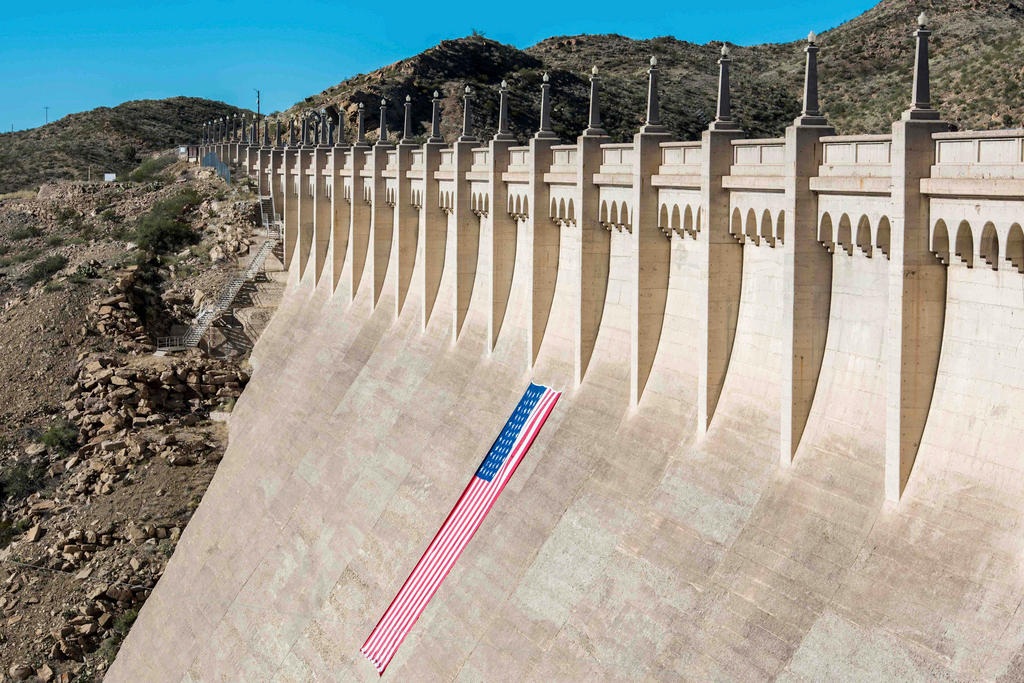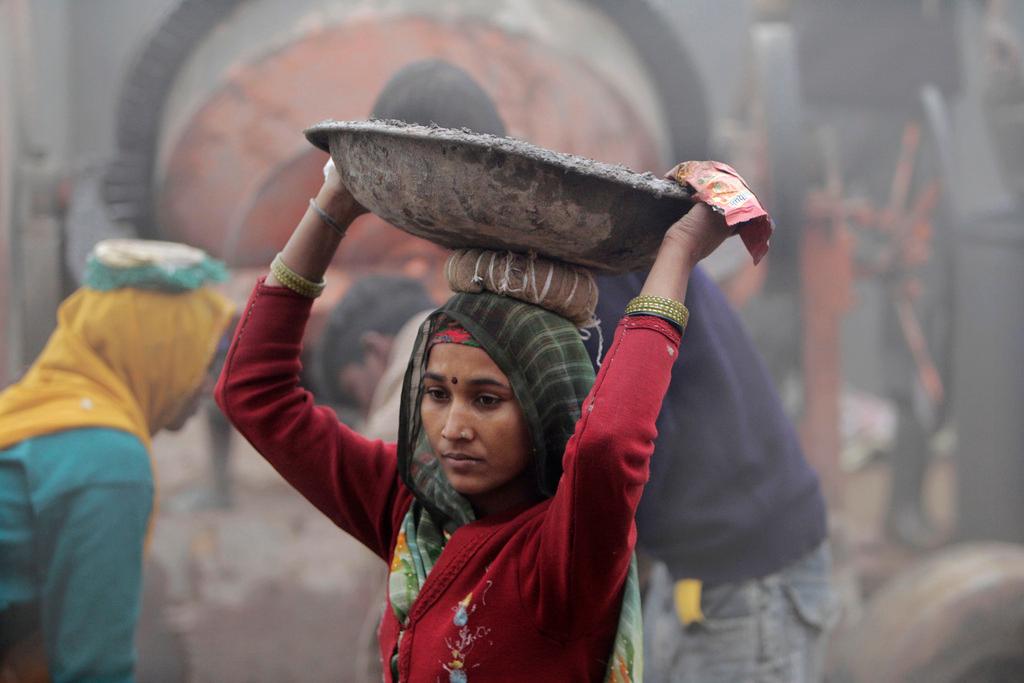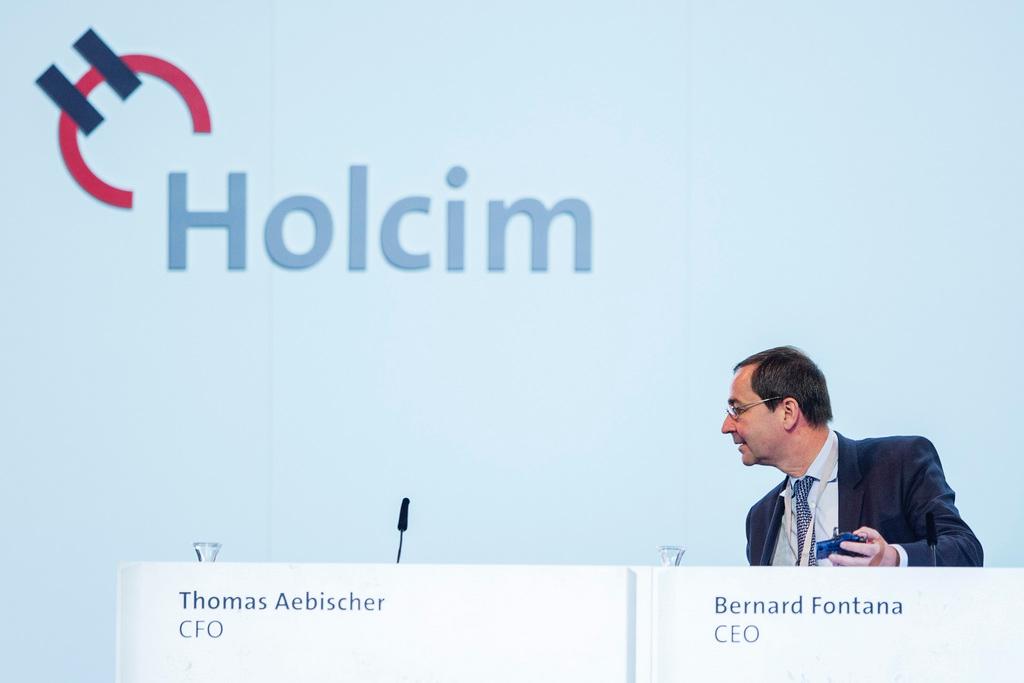LafargeHolcim promises the ‘facts’ on Syria payments

Cement maker’s reputation at stake amid allegations of funding terrorists.
Business partner of Isis is not a description a leading European industrial group would welcome. But it is one that has been used of LafargeHolcim, the Swiss-listed cement maker that faces allegations of associating with terrorist groups in war-torn Syria.
French prosecutors and human rights organisations have heard accusations that the company, which had a plant in Jalabiya in north-eastern Syria, paid protection money to militants.
“People reading the news today say we were an ATM for Isis, but you can’t make a judgment without looking at the context,” said Jacob Waerness, who was Lafarge’s risk manager in Syria until October 2013.
However, the troubles that befell the Jalabiya plant have come back to haunt the group, which was formed in 2015 by the €41 billion (CHF44 billion) merger of Lafarge of France and Switzerland’s Holcim.
This month the company admitted that “unacceptable” measures had been taken to keep the plant running as civil war intensified in 2013. Those responsible for the plant, which was evacuated in September 2014, had made “significant errors of judgment”.

More
Financial Times
External linkLafargeHolcim told the Financial Times a report due in the coming weeks, compiled with the law firms Baker McKenzie in Washington and Darrois Villey in Paris, would uncover “the full facts” about the operation.
But Paris prosecutors have opened a preliminary inquiry into alleged dealings between Lafarge and sanctioned groups in Syria following a complaint by the French finance ministry. The company also faces questions about whether profits took priority over staff, who risked kidnapping.
Human rights groups in France have filed a lawsuit alleging “business relations” with Isis and possible financing. “This is an example of a parent company which has not shown a duty of care,” said Marie-Laure Guislain, a lawyer at Sherpa, which filed the lawsuit.
LafargeHolcim said it “completely rejects the concept of financing of designated terrorist groups” in a statement in November.
Last month the group added: “The local company provided funds to third parties to work out arrangements with a number of . . . armed groups, including sanctioned parties, in order to maintain operations and ensure safe passage of employees and supplies to and from the plant.”
But the company’s initial probe “could not establish with certainty the ultimate recipients of funds”.
What action will be taken remains unclear. Unveiling its findings, the company said Bruno Lafont, former Lafarge chief executive, would step down as group co-chairman – a decision several people close to the company linked to the Syrian report.
Lafont declined to comment when contacted by the FT, but a person close to him said there was “no connection” with Syria. “He always said that once the merger was working well, he would turn the page [and step down],” the person said.
The plant, near the border with Turkey, was acquired in 2007 from Orascom, an Egyptian cement maker, and Min Ajl Suriya, owned by local business tycoon Firas Tlass, who retained a 1 per cent stake, according to LafargeHolcim.
From late 2012, after protests against president Bashar al-Assad had escalated into civil war, and with French nationals no longer allowed in Syria, the plant was managed from Cairo.
Tlass, who had joined the opposition, fled but continued to work on behalf of Lafarge. According to militant groups in the area, he paid the YPG, a Kurdish group that controlled the area, up to $100,000 (CHF99,664) a month for protection.
The YPG is not listed on US or European sanctions lists, and is the main US ground partner in its fight against Isis.
But Tlass arranged deals with a constantly shifting constellation of militant groups. “Syria in 2012 and 2013 was a total mess,” he told the FT. “Anyone could put a checkpoint on the road – anyone.”
Other foreign companies sold plants or abandoned them, including the energy groups Royal Dutch Shell and Suncor. But business was bustling at the cement factory. “Everyone saw the Lafarge plant as the big cash cow,” said a local opposition figure. “There was money to be made – a big demand for cement at that time.”
Producing cement was not easy, however. According to Mr Waerness, Lafarge paid €220,000 to so-called Free Syrian Army groups for the release of nine staff kidnapped in 2012.
LafargeHolcim said it was “aware of allegations involving kidnappings in Syria” but would not comment on security measures related to individuals.
Waerness said Lafarge should have shut the plant in mid-2013, once militant Islamic groups had establishing a firm presence.
Even before Isis encroached on the area, it appears that Lafarge probably broke sanctions by making payments at regime-controlled checkpoints.
Once in control of a region, Isis sought to exploit economic assets to ensure financial self-sufficiency – rather than being financed from abroad like its predecessor al-Qaeda.
Tlass said countless local intermediaries offered Lafarge their services to try to secure safe passage through Isis areas – with various degrees of success. Raqqa, the de facto capital of the jihadi group’s self-proclaimed caliphate, is an area rich in pozzolana, a raw material used in cement.
LafargeHolcim has not confirmed whether any payments ended up with Isis. Nor has it said how much, if anything, senior managers – including Eric Olsen, who became chief executive in 2015 – knew about the activities of Tlass, beyond pointing out that Olsen was not responsible for operations in Syria.
“It would be imprudent to comment on any specific questions regarding the internal investigation until it is completed in the coming weeks,” the company said.
By September 2014, fewer than 30 employees remained at the Syrian plant. Lafarge had prepared an evacuation plan and said all staff had got out safely.
Lawyers in Paris disagree, however. “They weren’t evacuated – the employees had to flee by themselves,” said Guislain.
LafargeHolcim stressed that the safety of employees had always been its “top priority”.
The livelihoods of local employees and their extended families depended on the salaries they received, pointed out Waerness, the former risk manager. The question, he said, was: “Can you run a business in a chaotic region where nobody follows the rules – and still follow the rules yourself?”
Although the conditions created by the conflict were exceptional, the group’s reputation is at stake. It hangs on whether LafargeHolcim can provide satisfactory answers to how – and why – it kept operations going for so long in a region where morals and ethics were blurred by war.
LafargeHolcim was created after difficult merger negotiations to create the world’s largest cement company by sales.
The deal almost collapsed in early 2015 amid disputes over the financial terms and top management. It was rescued when Lafarge agreed that Bruno Lafont, its chief executive, would not lead the merged company.
Eric Olsen, chief executive, has fought to dispel investor scepticism over whether the combination will yield the heralded benefits amid weak global economic growth and overcapacity in it main markets.
So far he has kept progress on track, after slashing investment spending and a series of disposals. Last year adjusted pre-tax operating profits rose almost 9 per cent like for like to CHF5.8 billion ($5.8 billion), in line with targets.
The share price has risen more than 40 per cent over the past year.
Copyright The Financial Times Limited 2017

In compliance with the JTI standards
More: SWI swissinfo.ch certified by the Journalism Trust Initiative











You can find an overview of ongoing debates with our journalists here . Please join us!
If you want to start a conversation about a topic raised in this article or want to report factual errors, email us at english@swissinfo.ch.